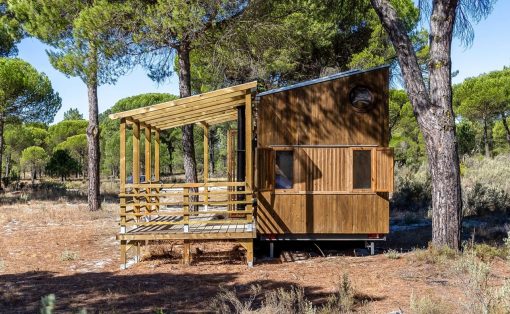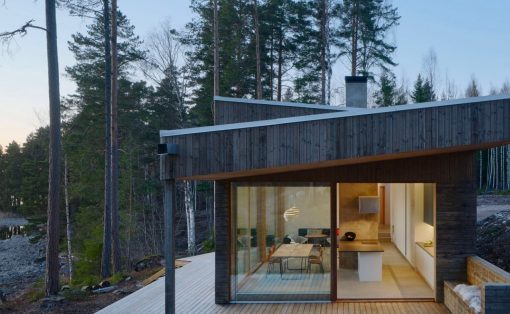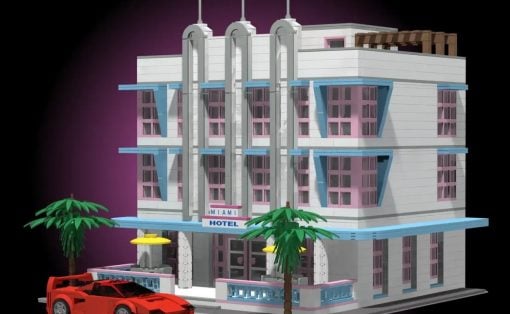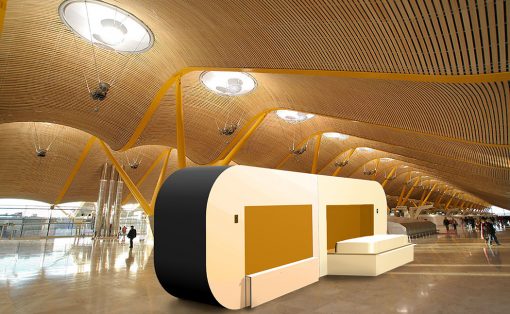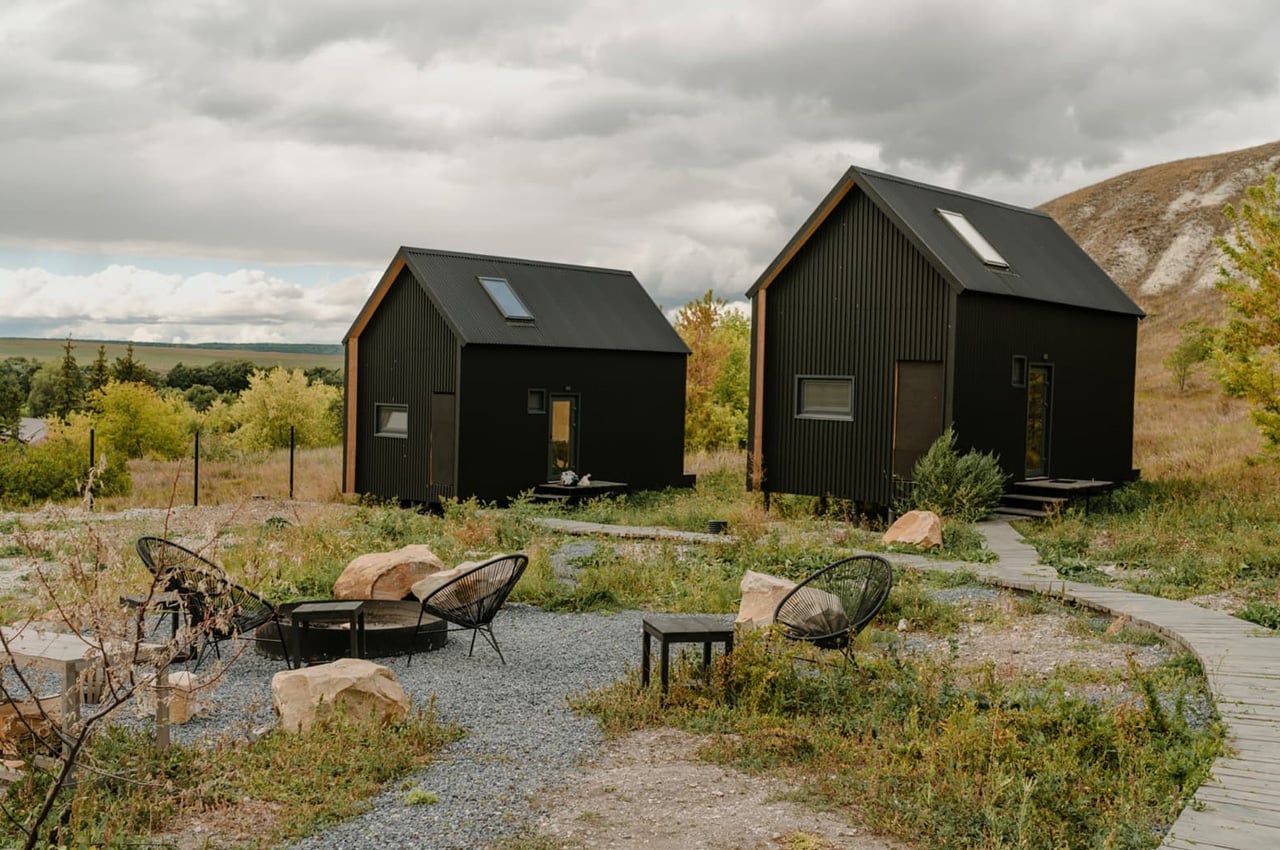
Tiny homes gained popularity a couple of years ago, and since then they’ve cemented their place in the world of architecture. What started off as a cute little trend is now turning into a serious option for home spaces. You could say that 2022 was the year of tiny homes! And I do believe this will continue well in the future. They are a space-saving and eco-friendly living solution that reduces the load on Mother Earth. They’re simple and minimal alternatives to the imposing and materialistic homes that seem to have taken over. And if you love exploring tiny homes, as much as I do, then you’ve reached the right spot. We’ve curated an eclectic and exciting range of micro homes that will totally satisfy your love for tiny homes! From a 40′ highly insulated converted shipping container tiny home to a smart tiny home that expands to 3 times its size – there’s a tiny home here for everyone!
1. Pod Studio
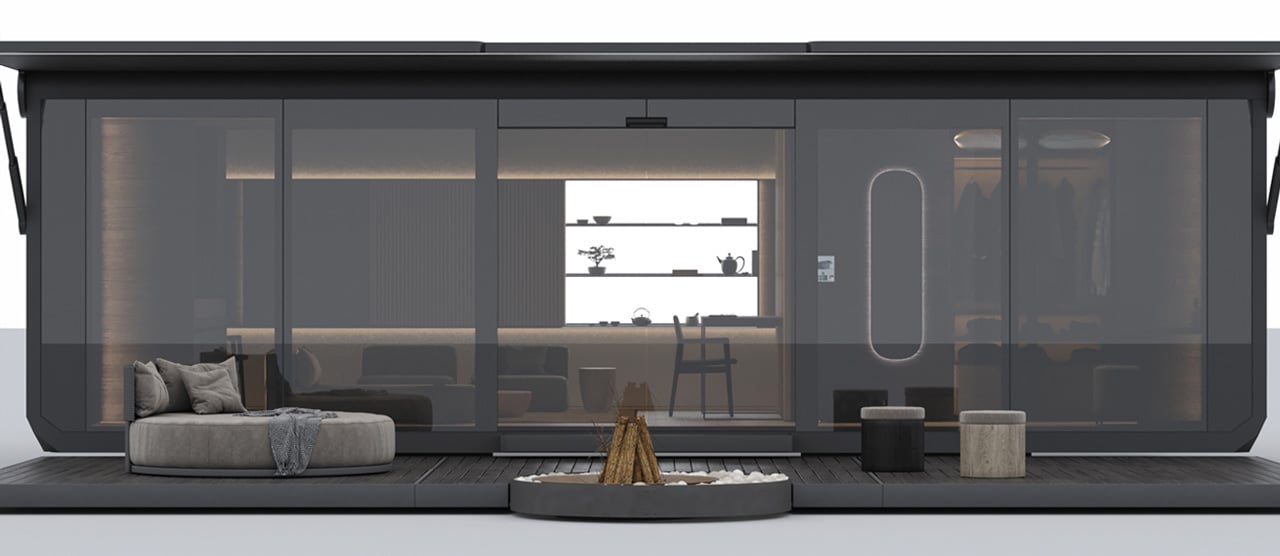
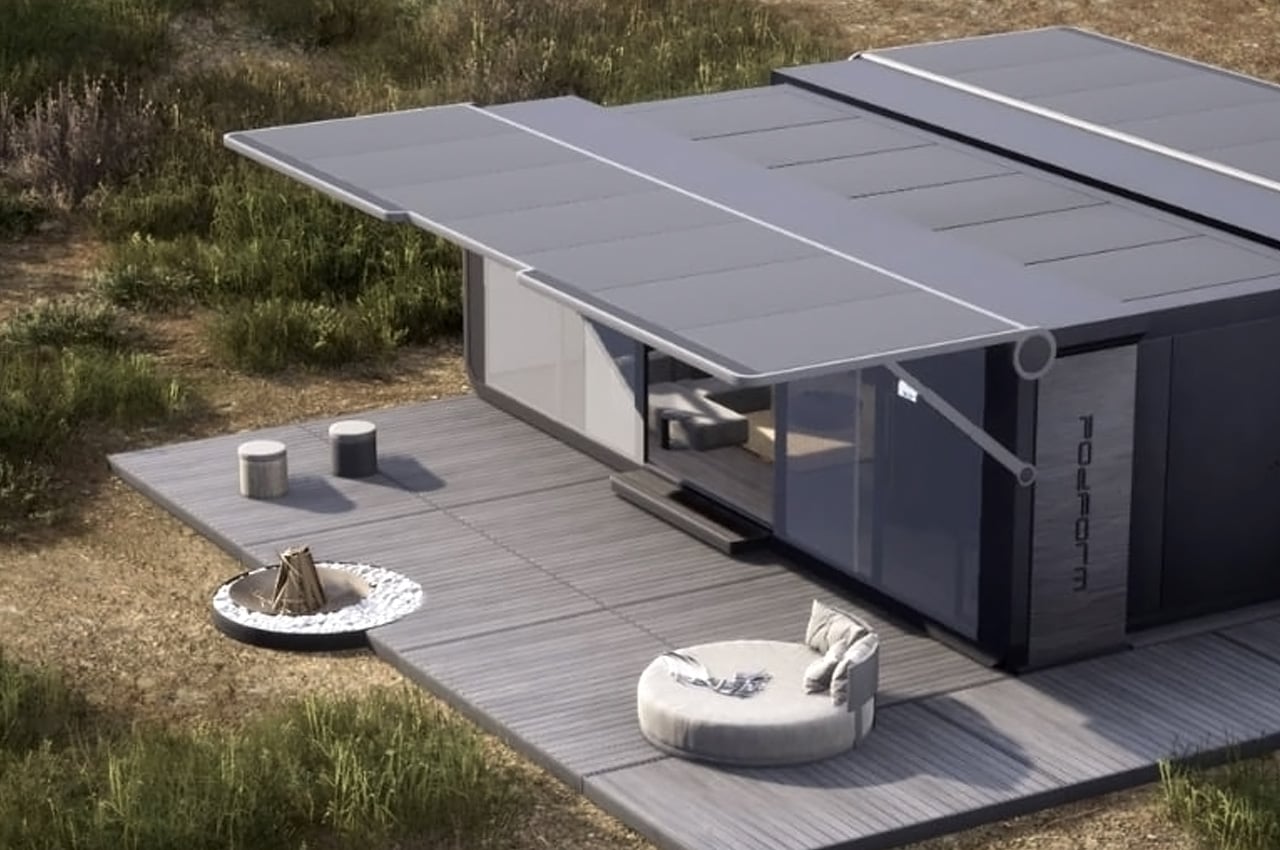
California-based Podform just launched the world’s smartest tiny home called Pod Studio. The innovative tiny house can expand up to 3 times its original size!
Why is it noteworthy?
The Pod Studio’s original size is 161 square feet, however, it can transform to 454 square feet within 15 minutes! The tiny home is portable and easily transportable and requires no foundation owing to its built-in hydraulic legs.
What we like
- Features solar panels and smart technology which can be controlled via an app
What we dislike
- It’s not out on the market yet, so we’re not sure what the final home will be like
2. Vagabundo Flex
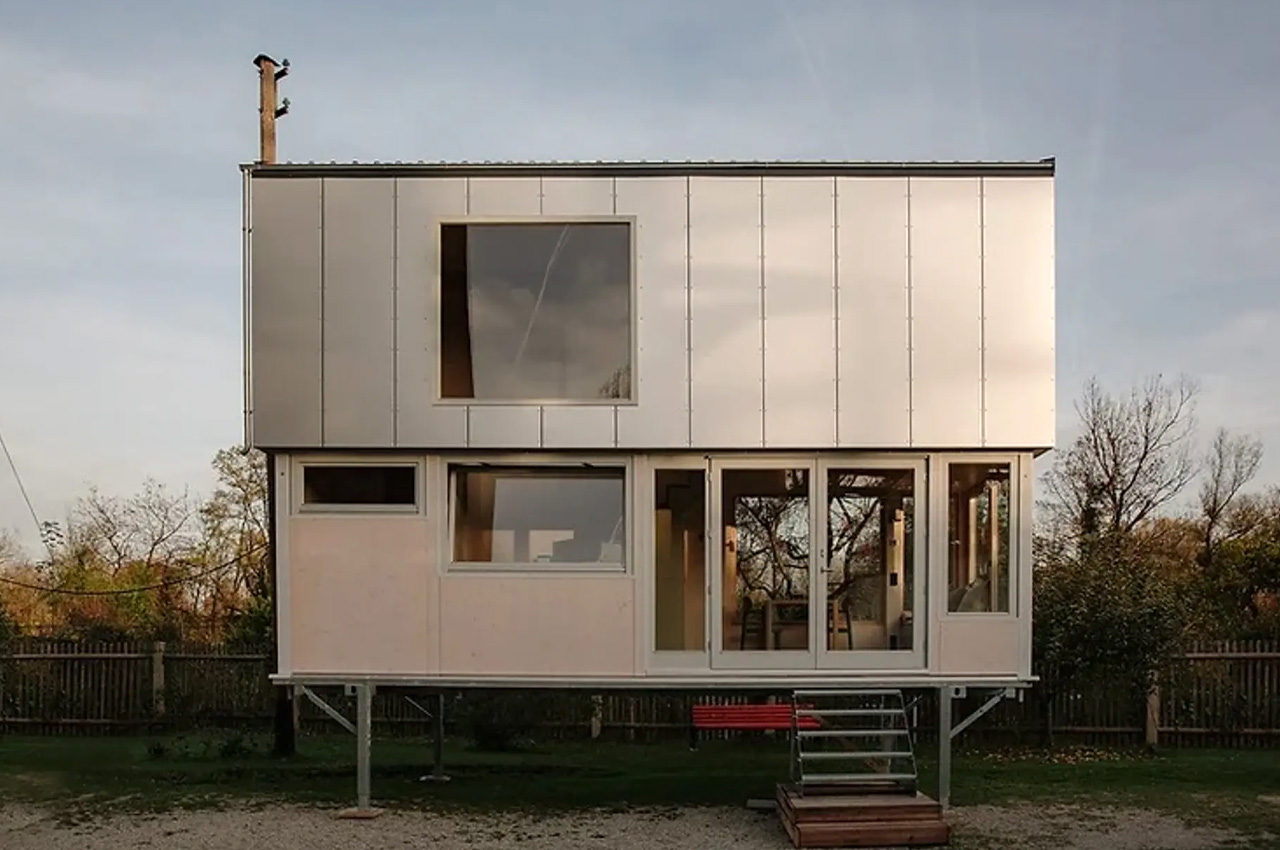
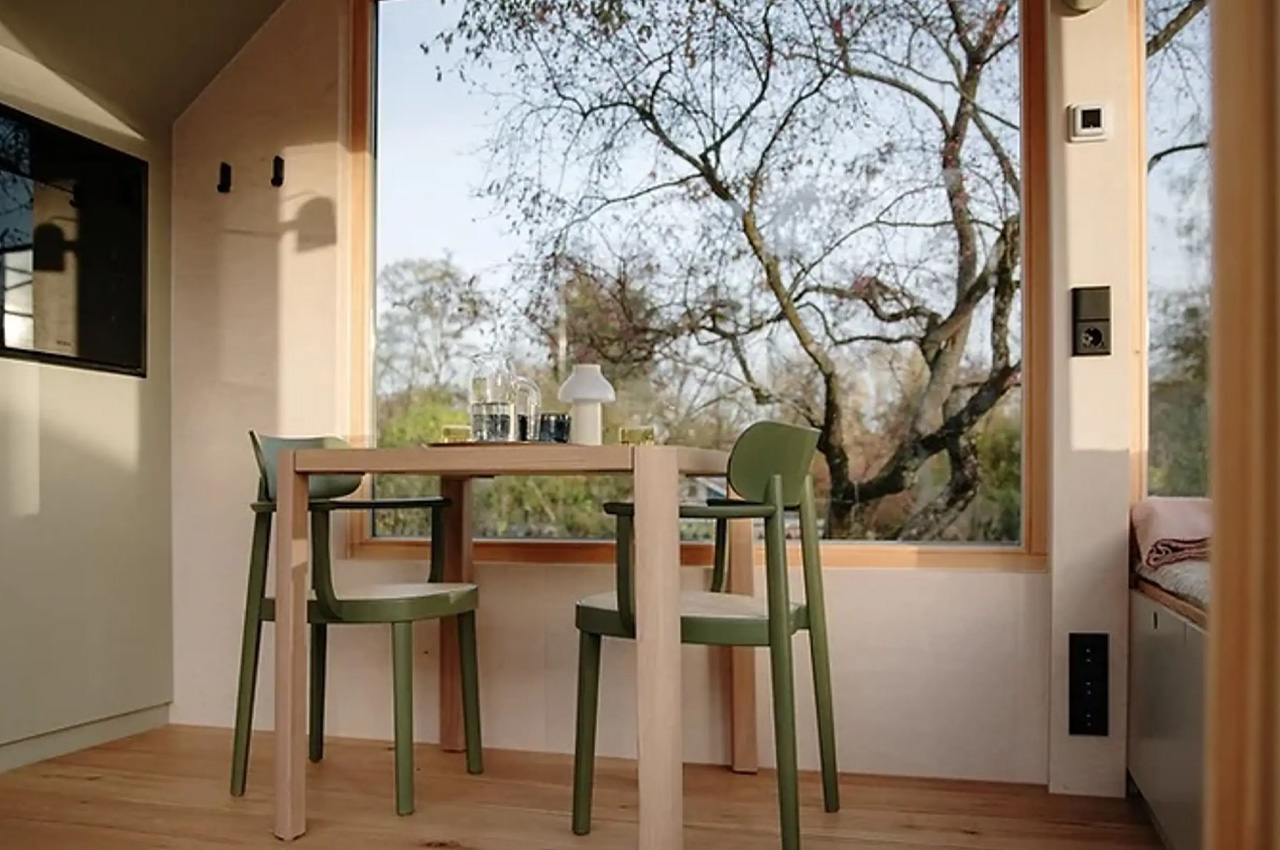
The Vagabundo Flex is a special little home that extends gracefully over two levels, owing to an inventive automated lifting root system, that upgrades the comfort and functionality of the home. The house is built using timber framing, wood fiber insulation, double-glazed aluminum windows that have been laminated with safety glass, and three-layer fit wood for the interior paneling.
Why is it noteworthy?
The Vagabundo Flex’s innovative and unique design supports the roof in rising to an impressive height of 20.3 ft, in turn creating a spacious interior that occupies 300 square feet.
What we like
- The bulky elements have been smartly concealed in the corners and tucked away in cupboards
- The tiny home has been amped with all the essential amenities, as well as massive panoramic windows and timber furnishings
What we dislike
- Heavily priced
3. Fujitsubo
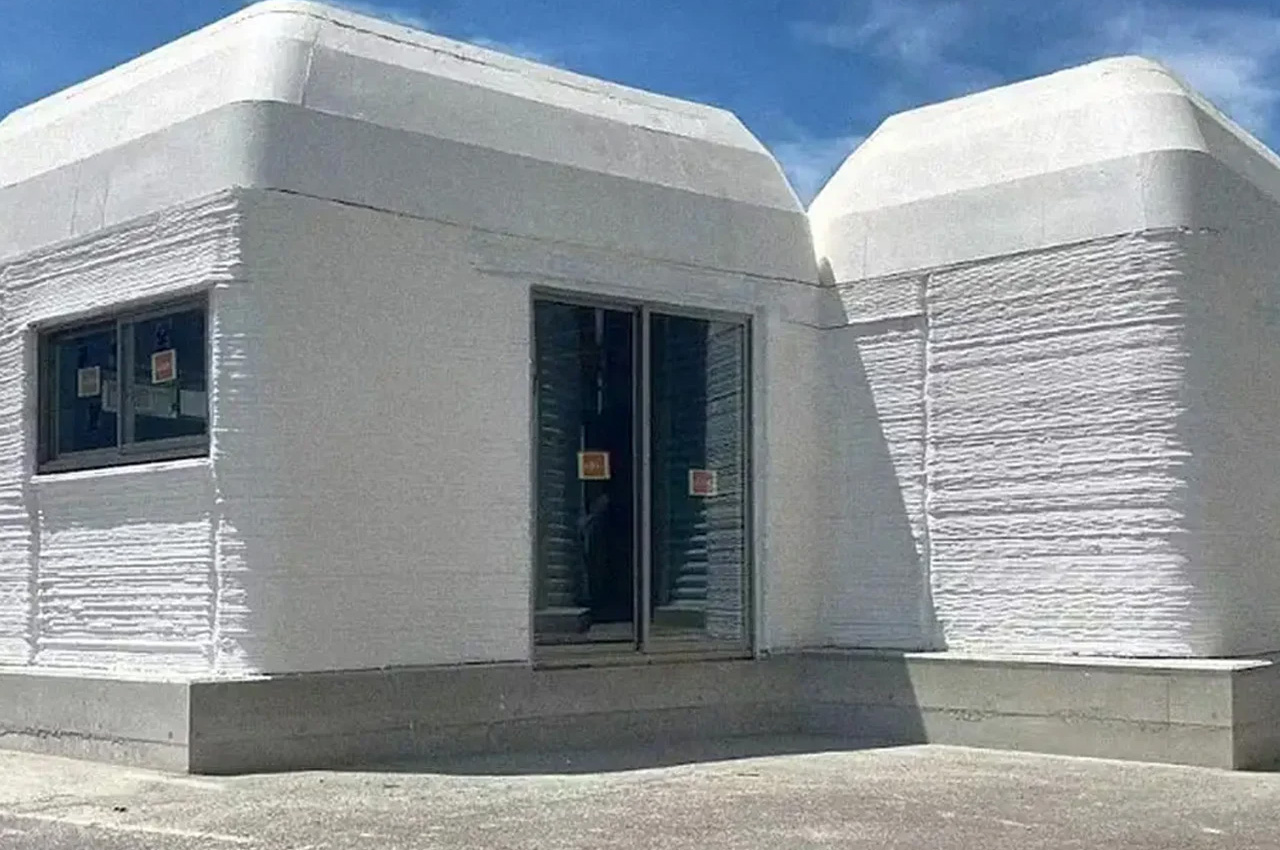
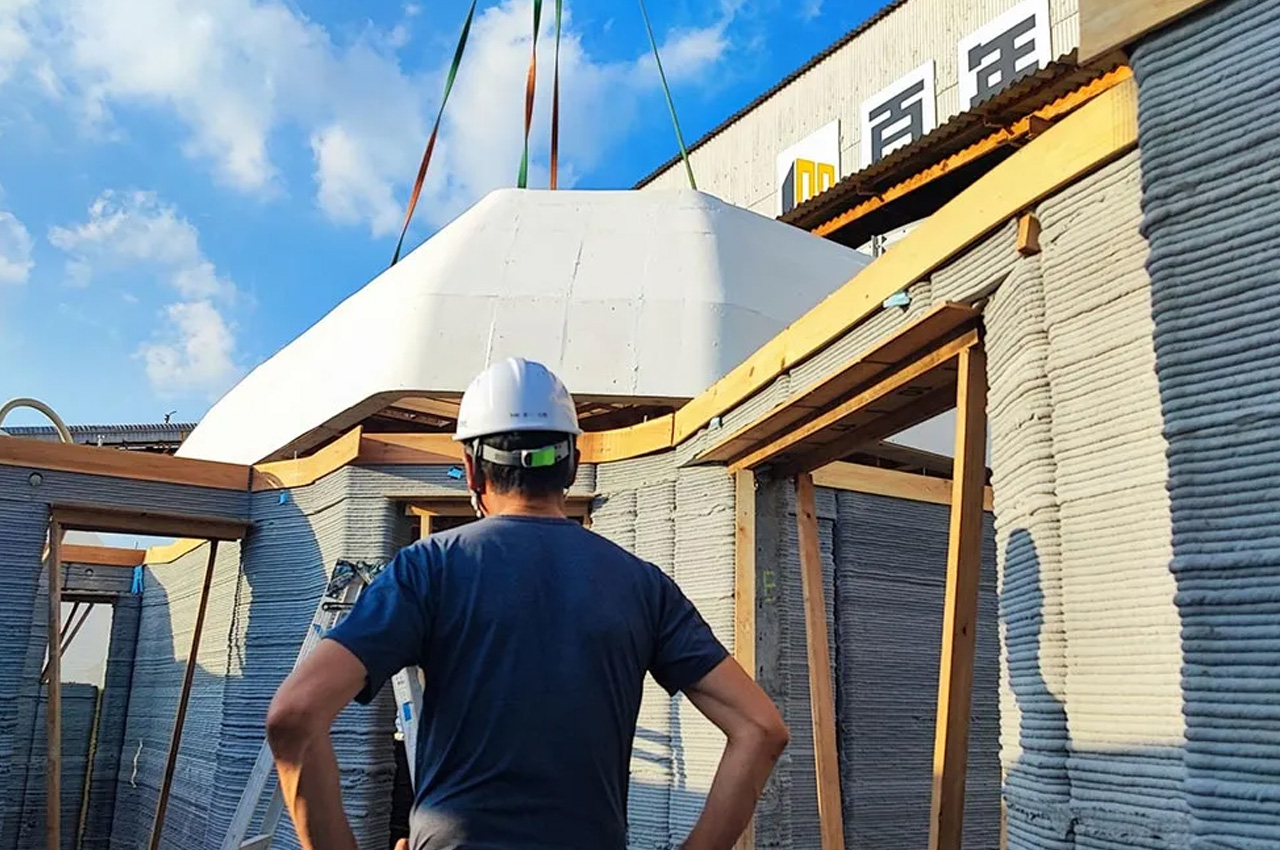
Japanese construction startup Serendix unveiled ‘Fujitsubo’ – a small home priced at 5.5 million yen or around $37,600!
Why is it noteworthy?
Dubbed Fujitsubo or “the barnacle”, the compact home occupies only 538 square feet, which is pretty small in comparison to the average new American home, which is five times larger. This 3D-printed home features one bedroom, one bathroom, and an open living room connected to a kitchen.
What we like
- Costs as much as a car
What we dislike
- It’s still in the conceptual phase
4. Browny
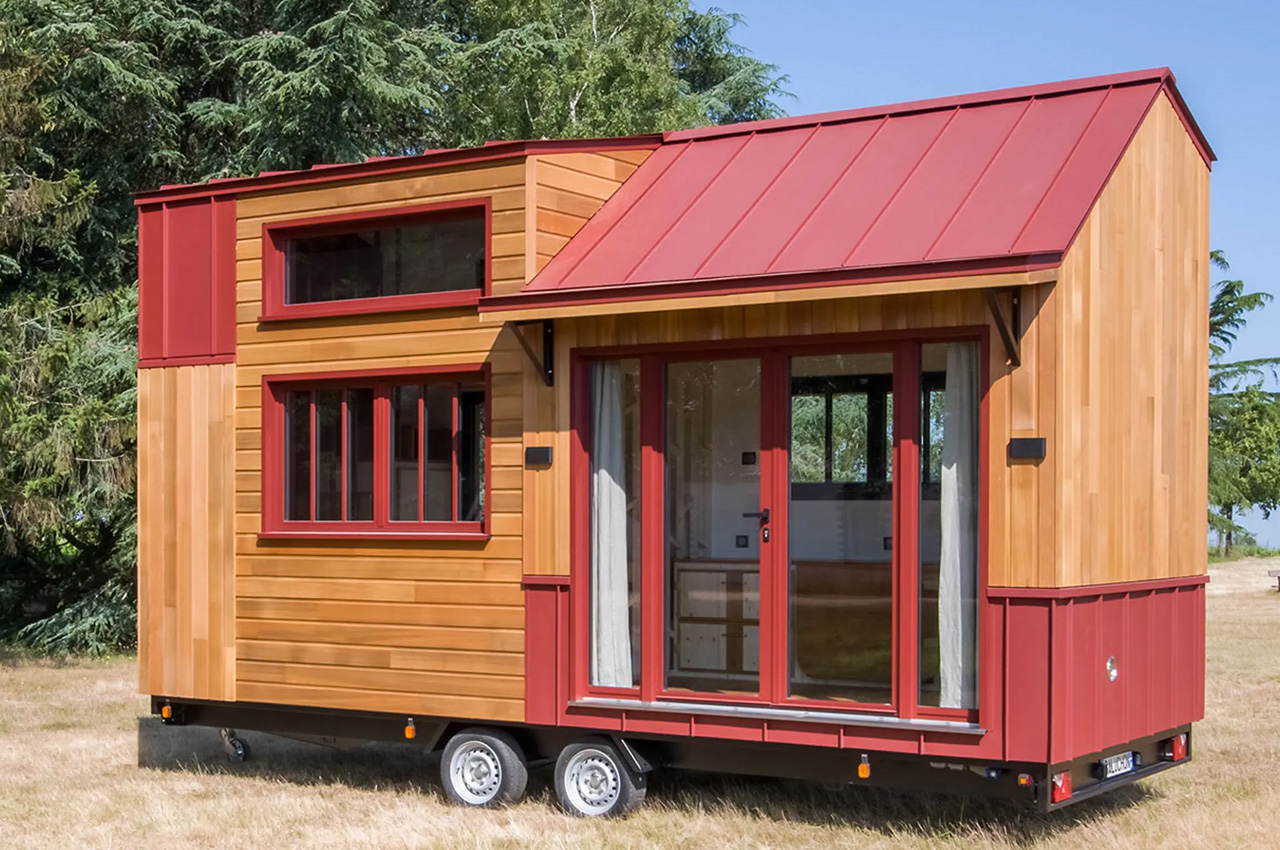
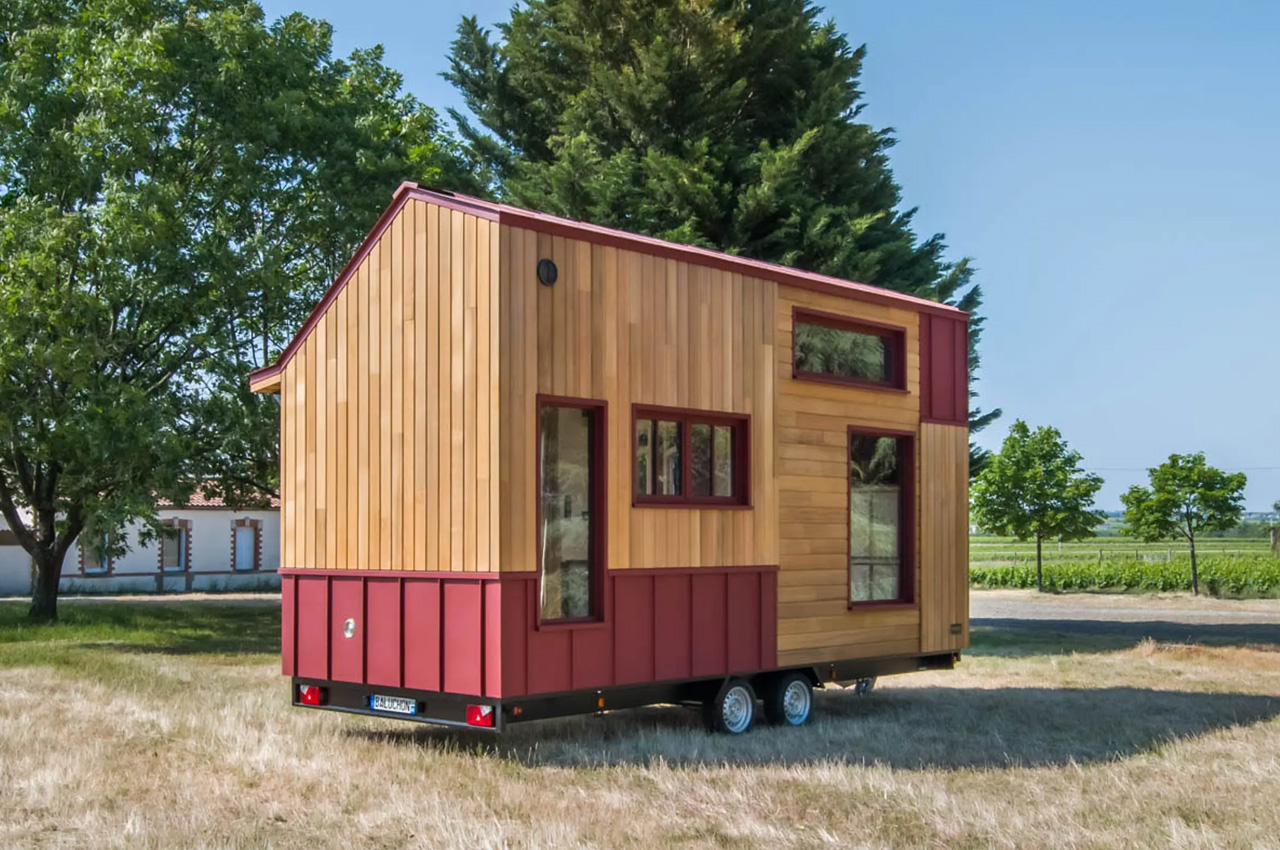
This adorable-looking tiny home is called Browny, and it ranks really high on versatility, as it effortlessly accommodates a home office, exercise area, and a guest bedroom all within a length of 6 meters.
Why is it noteworthy?
Browny is installed in Loire-Atlantique, western France to offer the homeowner an improved space to work and live in. Founded on a double-axle trailer and finished in red cedar accentuated by aluminum accenting and a roof, Browny is one good-looking tiny home. It has been equipped with an ample amount of glazing to maximize the natural light within.
What we like
- Accommodates multiple amenities in a small space
- Features integrated storage space
What we dislike
- Lacks a proper kitchen and bathroom
5. Ecocapsule NextGen
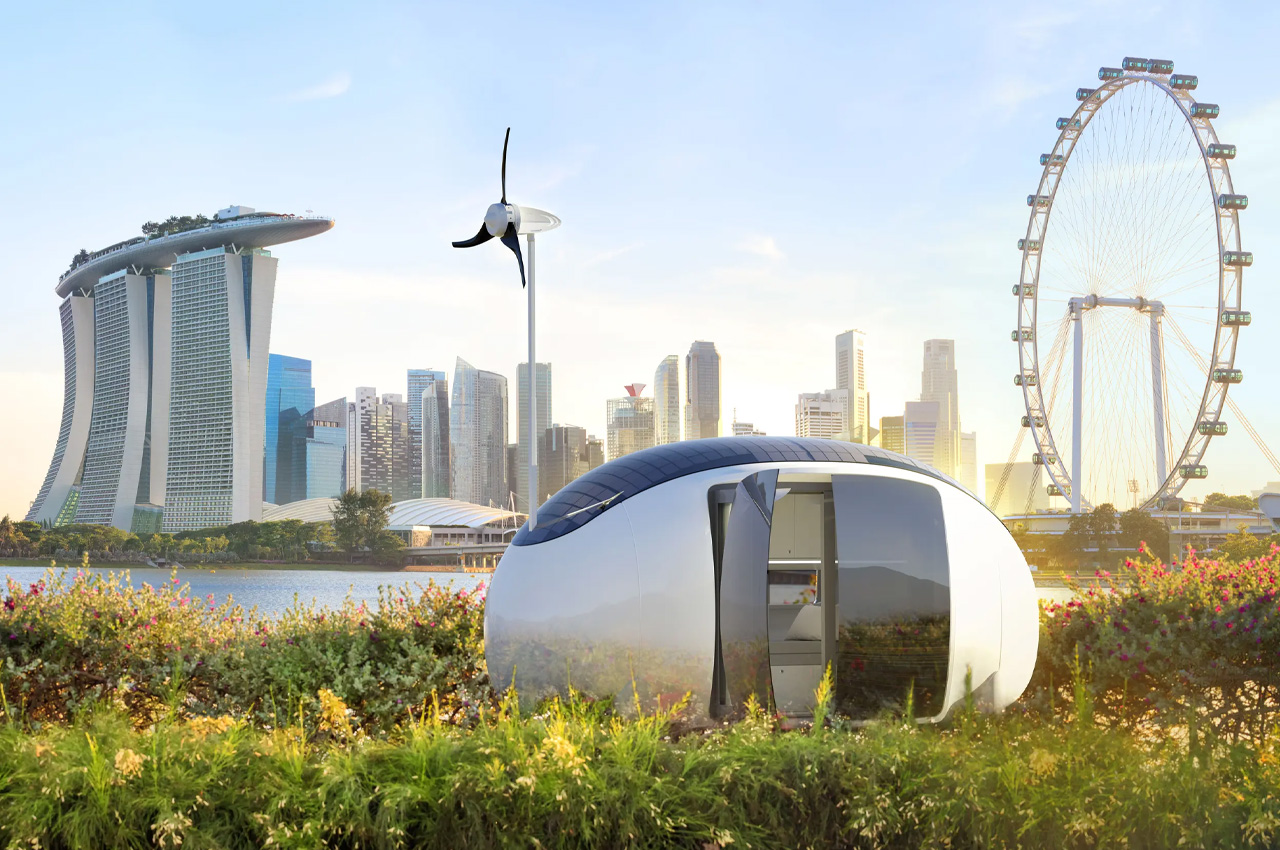
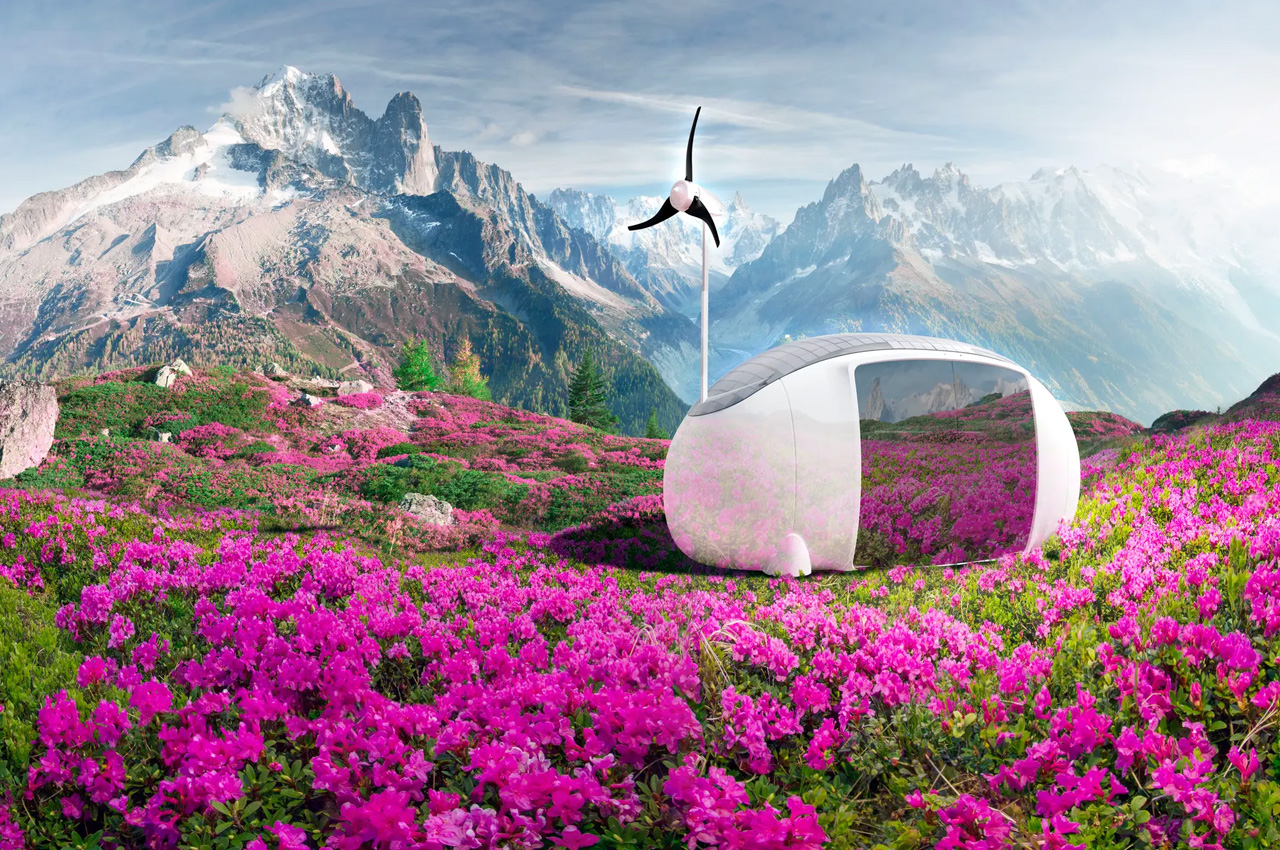
A couple of years ago Ecocapsule launched an egg-shaped off-grid tiny house, which became a major hit. And recently they launched a new and upgraded version called the Ecocapsule NextGen!
Why is it noteworthy?
The size of the Ecocapsule NextGen has been increased. From 4.67m the home has been expanded to 5.2m, making it larger than the original version, but still maintaining a small and compact form.
What we like
- Features a gull-wing door that makes the home more open to the outdoors
What we dislike
- It’s not released on the market, so we don’t know what the actual final product will be like
6. The Pathway
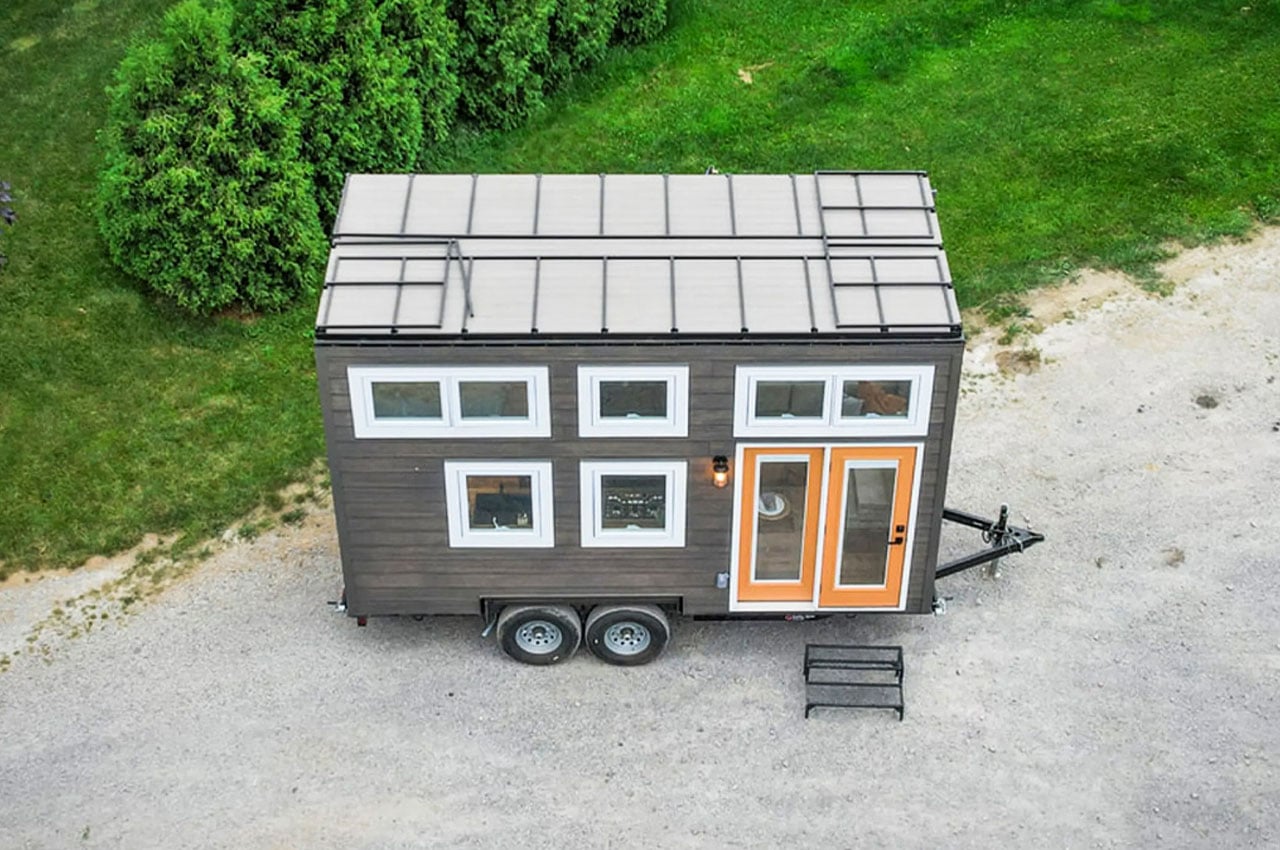
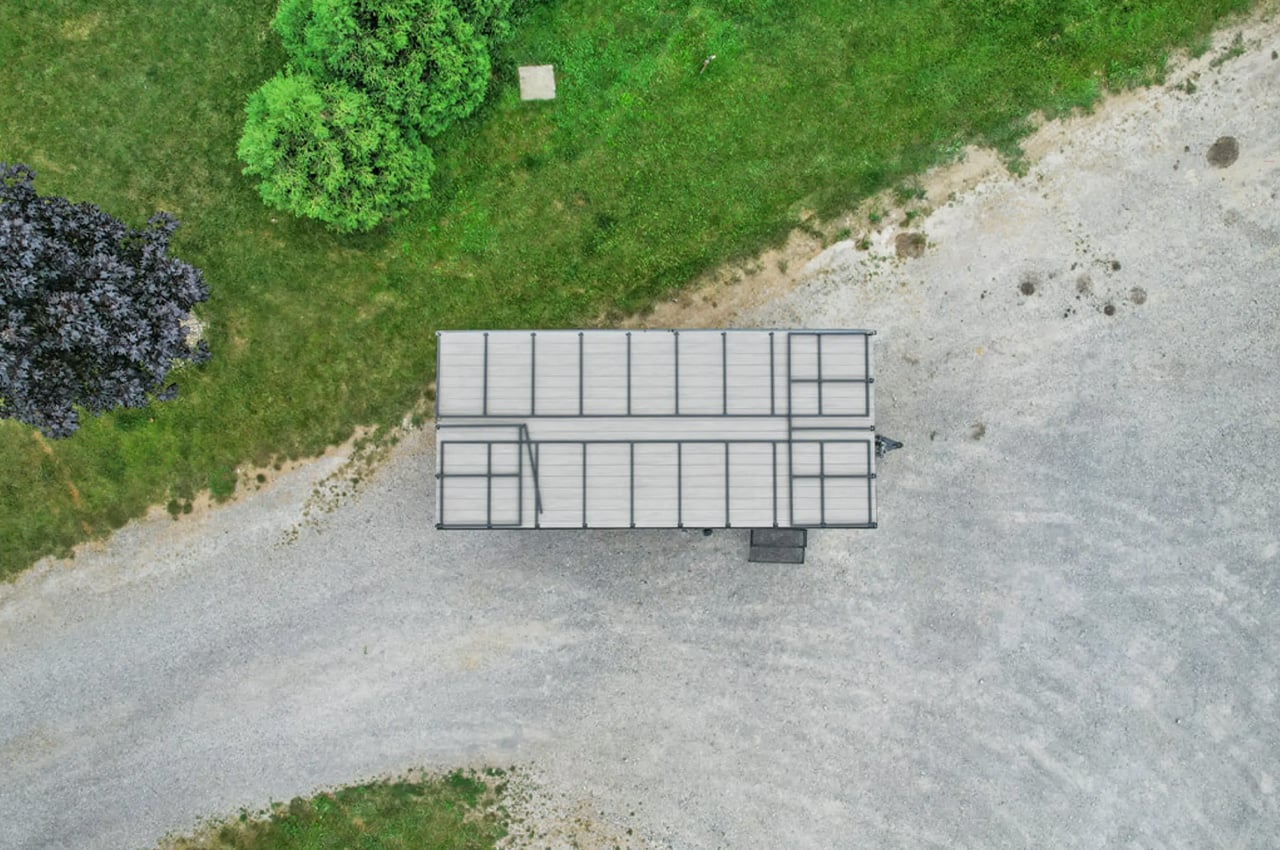
Called the Pathway, this latest model by MTL is designed to maximize limited space. It features a length of 8 feet and a couple of star features such as a rooftop deck, and a smart space-saving interior accentuated with a pulley-operated ladder.
Why is it noteworthy?
The compact home is supported by a double-axle trailer and finished in engineered wood. The aforementioned rooftop deck area is a brilliant space to host guests, which was a priority for the homeowner, and has been equipped with a collapsible security railing for safety.
What we like
- Features a rooftop deck
- Features an impressive amount of storage space
What we dislike
- It isn’t the smallest tiny home on the market, you can find more compact options if you like
- The bedroom is only accessible via a pulley-operated ladder, which isn’t the most inclusive design, and could be uncomfortable for some to climb
7. Napoles House
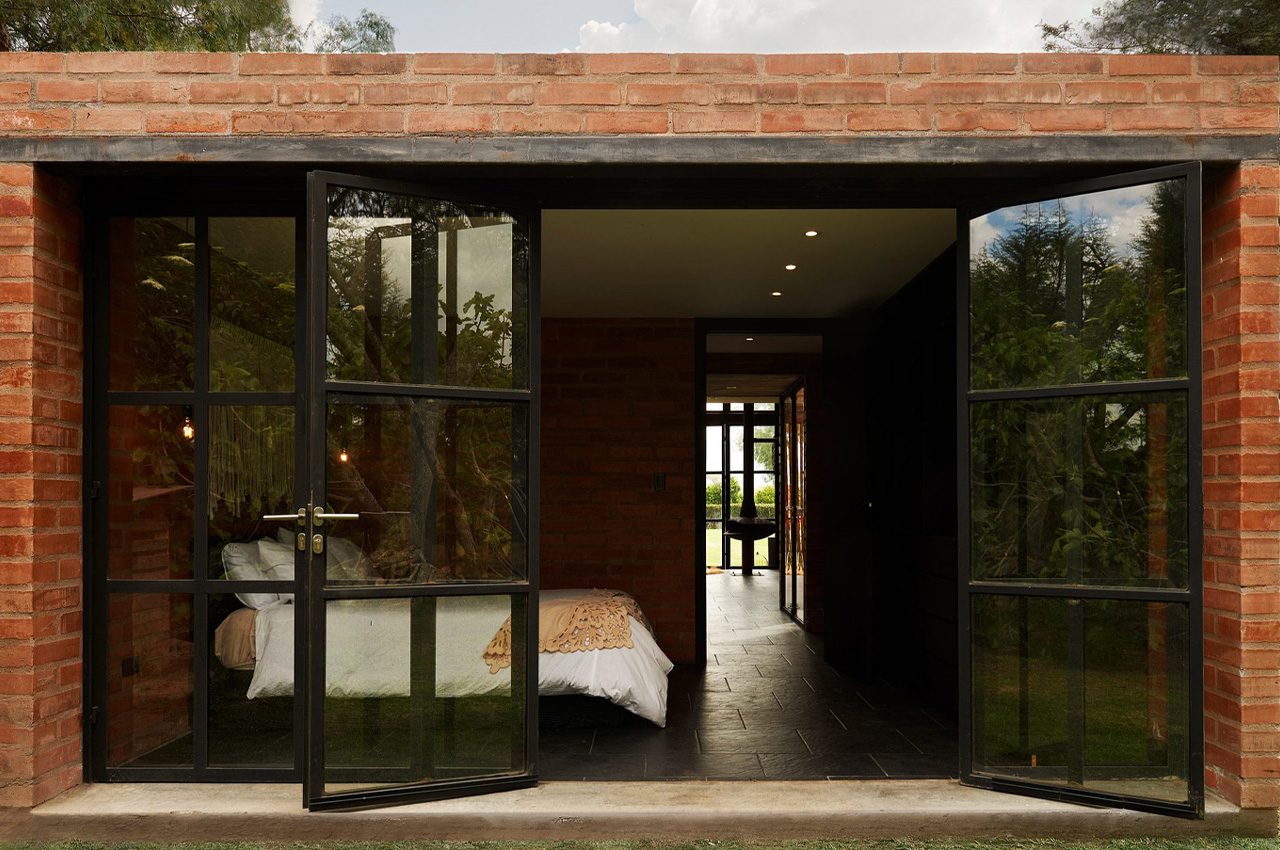
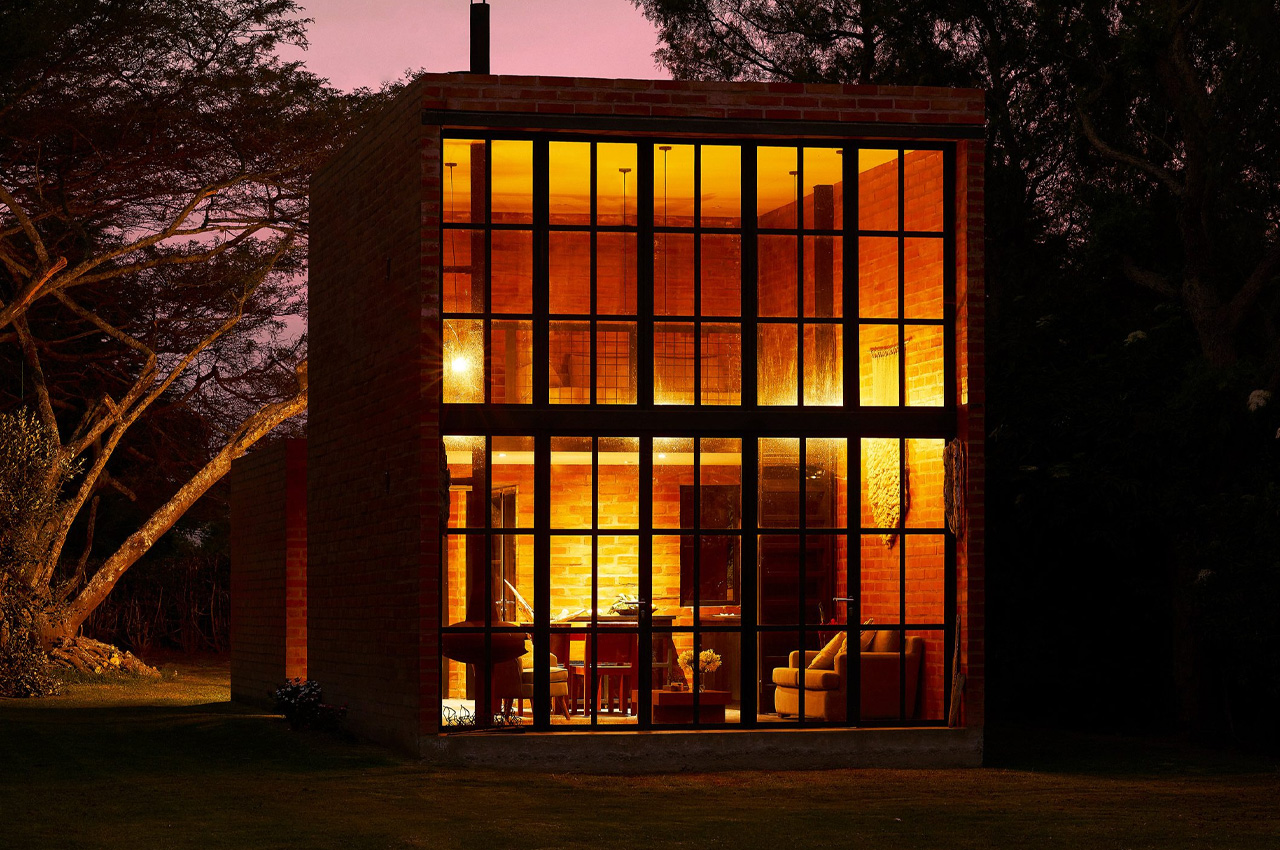
Located in Napoles, Ecuador, and quite rightfully called the Napoles House, this micr0home was designed by PJCArchitecture and features two brick forms that are connected by a glass bridge that relies heavily on passive heating and cooling.
Why is it noteworthy?
“The design is based not only on the client’s needs but on her desire to embrace the local environment, culture, and vernacular,” said lead architect Nandar Godoy-Dinneen. “It was also heavily shaped by the availability of construction materials and by working within the local traditions.”
What we like
- Constructed using locally sourced materials and by local crew and craftsmen
What we dislike
- No active systems, which may be inconvenient for some people
8. Ark Tiny Homes’ Delta Model

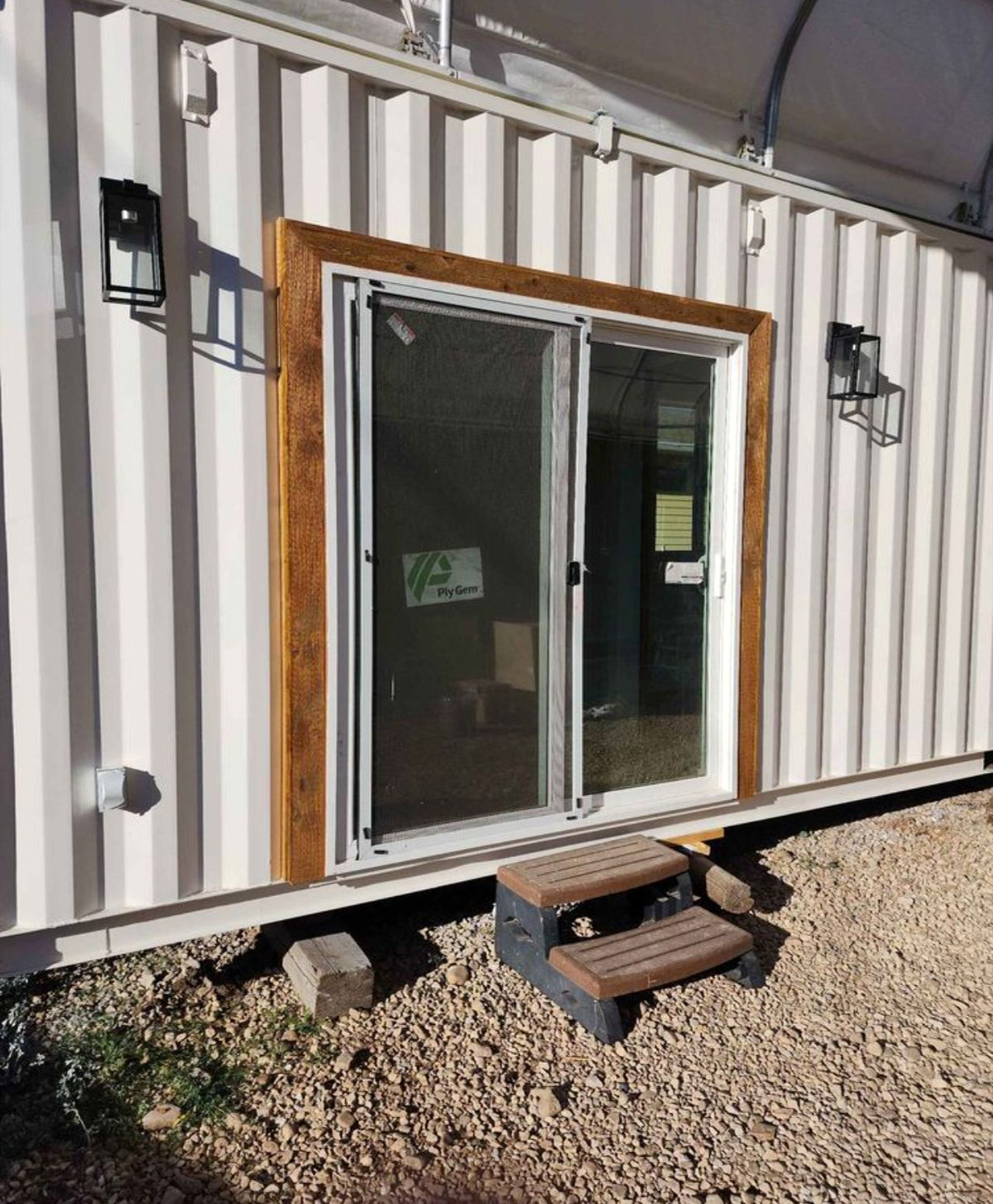
Ark Tiny Homes designed a highly insulated tiny home that is built from a converted shipping container home with a modest price tag of $59,500.
Why is it noteworthy?
Located in Heber City, UT, the tiny home has been equipped with premium quality amenities and generous living space. The layout of the home manages to provide an element of spaciousness and openness to the 40′insulated home.
What we like
- An environmentally friendly home that has been outfitted with great quality amenities while going easy on the pocket
What we dislike
- The aesthetics of the home are a bit old-fashioned and traditional
9. The Nest


The Nest is one of the two short-term rental properties available at ReWild Rentals and is located in Hocking Hills, Ohio. It showcases the beauty of the location to the guests!
Why is it noteworthy?
The exterior of the small house is clad in black board-and-batten wood siding, which gives the home a modern and contemporary feel, accentuated by a long sloping roof on one side, that also shelters the outdoor patio.
What we like
- Unique layout unlike the typical tiny homes
- Seems more spacious and larger than it actually is
What we dislike
- The barn-style door is a bit old-fashioned and doesn’t provide much privacy in the bathroom
10. Kjerringholmen Cabin


Dubbed the Kjerringholmen Cabin, this idyllic cabin occupies 63 square meters and is located in the Hvaler archipelago. The cabins occupy a decent amount of space and have an airy and spacious feel to them.
Why is it noteworthy?
Kjerringholmen is proof “that large houses don’t necessarily mean more quality of life. In just 63 square meters, with smart planning, it still has plenty of usable space,” said the studio. Occupying 63 square meters, the cabin is supported by steel pillars and surrounded by a dusky rocky landscape.
What we like
- Blends perfectly with the natural landscape
- Designed extremely efficiently to support a smart way of living
What we dislike
- Birds may not notice the home and could crash into it since it merges so perfectly with its surroundings



